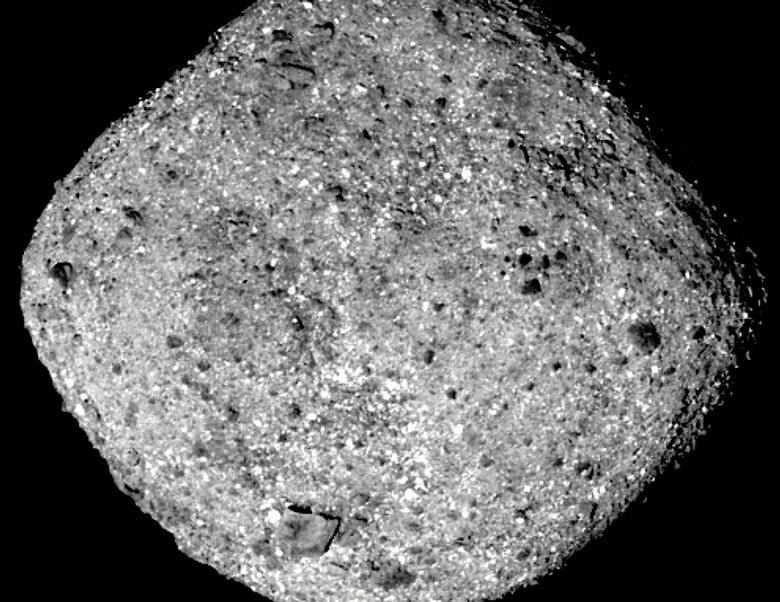Here Are The Places On Asteroid Bennu Where NASA Might Grab Its Sample
NASA's OSIRIS-REx asteroid probe has been hanging around the space rock named Bennu for roughly a year now, and it's observed some interesting things over the past 12 months. The primary goal of the mission is to retrieve a sample of asteroid material and then return to Earth where scientists can study it up close. Before that can happen, NASA has to decide where on Bennu it will direct the spacecraft to touch down.
In a new mission update on NASA's website, the space agency lays out the shortlist of candidates. The would-be sample sites, named Nightingale, Kingfisher, Osprey, and Sandpiper, were chosen based on the low risk they pose to the OSIRIS-REx spacecraft.
Despite looking relatively smooth from a distance, Bennu proved to be absolutely covered in rocky debris. This wouldn't be an issue if NASA's spacecraft made the trip for observations alone, but that's not the case. Touching down on the asteroid, grabbing a sample of its material, and then lifting back off is a tricky maneuver. Boulders and larger rocks on the asteroid's surface pose a danger to the spacecraft, and NASA has scanned its surface in search of the safest areas.

"Sample site selection really is a comprehensive activity," Heather Enos, deputy principal investigator of the mission, explains. "It requires that we look at many different types of data in many different ways to ensure the selected site is the best choice in terms of spacecraft safety, presence of sampleable material, and science value. Our team is incredibly innovative and integrated, which is what makes the selection process work."
Not long ago, Japan's Hayabusa2 asteroid probe began its journey back home from the rock known as Ryugu. The spacecraft, with samples safely stored aboard, will drop off the samples in late 2020. OSIRIS-REx will conduct its sample collection in Summer 2020, and is scheduled for a return to Earth in late 2023.
